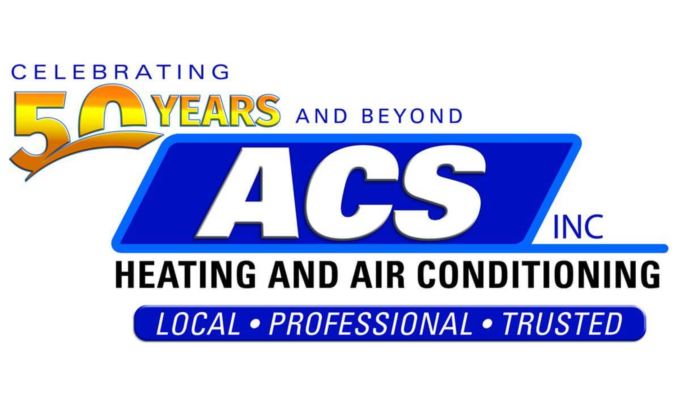Everyone’s always looking to save money on their utility bills, but it just so happens there’s a way to do it when you aren’t even home.
The key is your thermostat. By using automatic schedules, you can structure its daily schedule around your personal preferences. You can create a number of automated temperature settings for when you’re home, away or even when you’re sleeping.
By trying a few of these schedules, you’ll be able to enjoy comfortable temperatures while also keeping more of your money. Check out our guide on how your thermostat can be a source of energy savings:
While at Home
Whenever you’re at home, you want a nice range of pleasant temperatures. That’s why it’s best to set your thermostat lower in the summer if you’re indoors to appreciate the cool air.
But the ideal temperature for when you’re in your home during the summer is actually around 78 and 80 degrees Fahrenheit. By adjusting things a few degrees, you’ll avoid the worst of summer while keeping your energy bill more manageable.
While Out of the House
If you’re setting the temperature for a vacation or other trip away from the house, it’s advantageous to set the thermostat higher than you would if you were in the house.
For some homes, you can set the thermostat to temperatures as high as 88 degrees while no one is home before you adjust it back to the sweet spot of 78-80 degrees after you return. This way, your air conditioning unit won’t be working overtime to cool an empty house.
While Asleep
To enjoy a good night’s sleep during the summer, you want your thermostat set at a comfortable temperature. A good rule of thumb is between 68-72 degrees Fahrenheit. This will keep you from getting too hot or too cold when you are trying to get some rest.
Other Strategies for Lowering Energy Use:
- Install a smart thermostat: Trying a smart thermostat in the summer helps save money on energy costs as it forms temperature schedules according to your lifestyle and idea of what comfortable is. They can lower the temperature while you are home or sleeping, while allowing it to get warmer when the house is empty. With reliable brands like the Lennox iComfort, you have the ability to remotely access and change the temperature through your smartphone, tablet or laptop. Scheduling smart thermostat installation in your Tucker home is an effortless way to set the correct temperature whether you’re at home or across the country.
- Upgrade your HVAC system: A new HVAC system can save money in the long run. If a system boasts high energy efficiency, your utility bills will be lower because it requires less energy to achieve comfortable temperatures. Air conditioning installation in Tucker is only a phone call away, so don’t hesitate to reach out to local pros like ACS Heating and Air Conditioning who can set you up for success.
- Stay on top of routine AC maintenance: Investing in or ignoring regular air conditioning maintenance in Tucker can have a significant impact on your utility bills. By regularly cleaning the coils, checking for damage and clearing ventilation of dust and debris, this can help your HVAC system run more efficiently. Increasing efficiency also limits strain on important or delicate components and lowers operational costs, lowering total energy use and eventually the total monthly bill.
- Clean or replace the air filter on a regular basis: A regular schedule for cleaning or replacing the HVAC system’s air filter saves money by helping air flow efficiently through your air conditioner. When filters are old and less effective, an AC unit has to work harder, and this greater strain could shorten the system’s life span and lead to breakdowns.
- Confirm your attic is sufficiently insulated: Insulation is one of the key components in any energy-efficient home, keeping the hot air outside and the cool air inside over the summer. The North American Insulation Manufacturers Association (NAIMA) offers an official recommendation stating homeowners in souther states should possess at least 13-14 inches of insulation, while colder climates do better with 16-18 inches.
- Check your ventilation: Leaky ductwork can raise your energy bills much more than 20 percent, plus it can also lead to problems with your water heater, clothes dryer and other appliances to get into the atmosphere of your home. Checking your ductwork for leaks and sealing them can help with both these issues.
- Seal all other leaky spots in your home: Sealing up other leaks in your home with caulk, foam sealant or weather-stripping can help keep it cooler on hot summer days. Don’t forget to check for any gaps around windows, doors and even outdoor fixtures. Devoting time and effort to sealing leaks now can help you save a lot in the long term.

